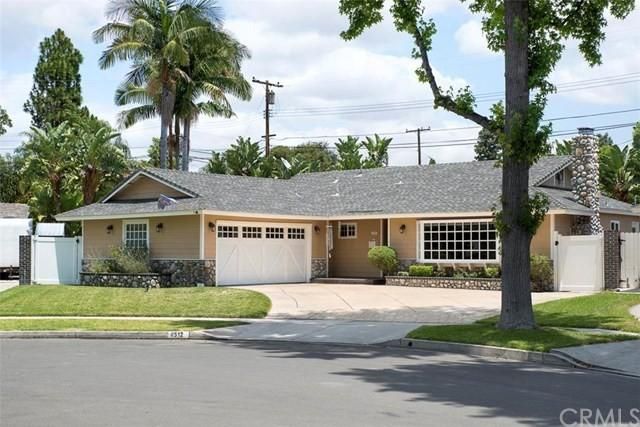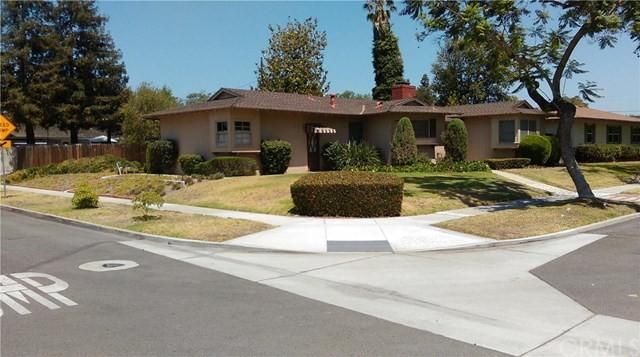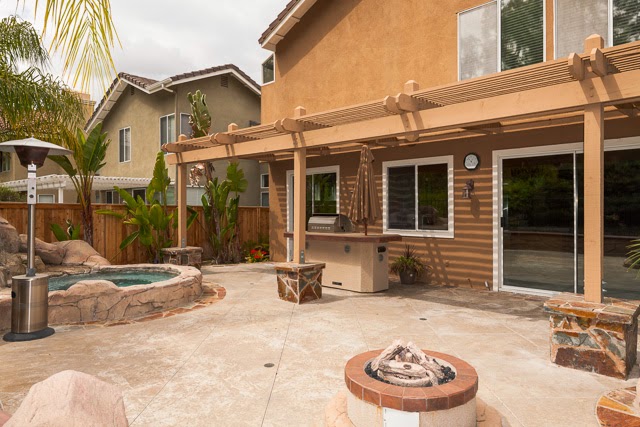Warren Buffett gets credit for calling the recession in 2008 well before many professional economists.
On Monday, the billionaire investor took another stab at forecasting -- this time, declaring that the feared economic “double-dip” won’t happen.
“We will not have a double-dip recession at all. I see our businesses coming back almost across the board,” Buffett told the Montana Economic Development Summit, according to Bloomberg News.
When he says “our businesses” he’s talking about the diverse mix of firms owned by his holding company, Berkshire Hathaway Inc. Those businesses including insurer Geico, See's Candies, International Dairy Queen, flooring maker Shaw Industries and the Ben Bridge jewelry chain.
Buffett’s optimism is playing to a stock market that is back to seeing the economic glass as half full. Share prices rallied broadly on Monday, the eighth gain in nine sessions. The Standard & Poor’s 500 index, which rose 1.1% for the day, is up 6.9% this month. The S&P had tumbled 4.7% in August, when a stretch of weak economic reports stoked double-dip worries.
Buffett, who just turned 80, is never afraid to speak his mind, of course. On March 3, 2008, while many on Wall Street still were predicting that the economy could dodge a downturn, Buffett said that "by any common-sense definition we are in a recession."
That would have been an opportune moment to sell stocks: The Dow industrial average was at 12,258 then, 16% above Monday’s closing level of 10,544.
Then, in October 2008, with the markets and the economy unraveling, Buffett waxed patriotic about America and said it was time to buy stocks for the long term. “A simple rule dictates my buying: Be fearful when others are greedy, and be greedy when others are fearful,” he wrote in the New York Times.
The Dow was at 8,852 the day his commentary was published. Investors who took his advice had to endure a drop of 2,305 points, or 26%, before the Dow bottomed on March 9, 2009. But if they hung on, today they’d be up 19% nearly two years later.
March 9, 2009 is memorable for another Buffett pronouncement: That was the day he gave CNBC a long interview, the takeaway line from which was that the U.S. economy had "fallen off a cliff" and that conditions were "close to the worst case" he had imagined.
Buffett obviously wasn’t trying to feed the panic, and in the interview he reiterated his long-term optimism about the economy. But pity the investors who heard the Buffett sound bite that day and decided they couldn’t take any more pain: They were selling precisely at the lowest prices of the bear market.
On Monday, Buffett gave his Montana audience some banking advice to go with his upbeat economic forecast.
From Bloomberg:
Buffett, who spoke via video connection to an assembly in Butte, Montana, said U.S. banks were ready to boost lending and encouraged entrepreneurs to seek financing for their business ideas. Berkshire is the biggest shareholder of Wells Fargo & Co., the top U.S. home lender.
“It’s night and day from a year, year and a half ago,” Buffett said. “I know Wells Fargo, they would love to have $50 billion more of loans now. Go in and talk to the banker.”
Information Provided By the Los Angeles Times
Read more...















































































































